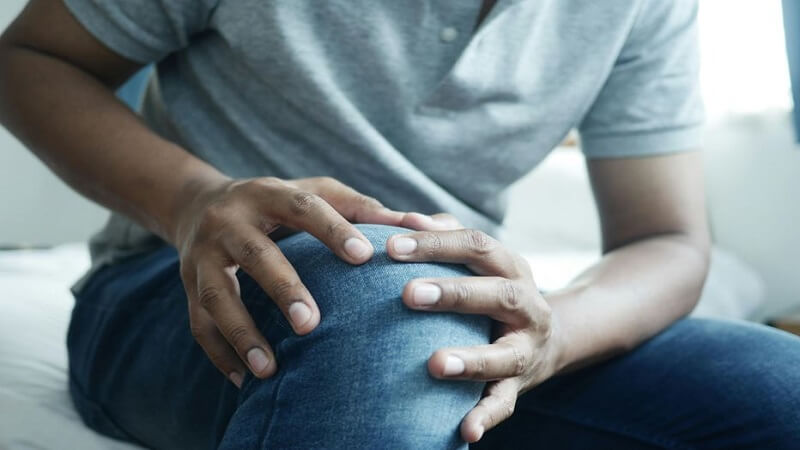Think of your joints as the behind-the-scenes stars of mobility. They’re the ones that work behind the scenes to support us as we go for walks, as we jog, dance, and carry out daily toils so easily that we rarely ever take them into consideration—until they start showing signs of weakness. With increasing age, suffering from aching knees or creaky fingers seems like an unstoppable part of growing old. But why are our joints becoming weaker with age? And can we do something to stop them losing their youth?
Knowing the Anatomy of Joints and Their Importance
Joints are where two or more bones intersect, facilitating smooth execution of body movements. They exist in varied forms; from pivot joints like your knees and elbows to ball-and-socket joints like hips and shoulders. Each joint is covered with cartilage—a hard tissue that cushions the bones and keeps them from rubbing against each other.
Synovial fluid is the second vital ingredient in joints that provides a lubricating effect as well as nutritional distribution to cartilages. In proximity to cartilage lie stabilising and guiding movements, facilitated by tendons and ligaments. They together form an intricately fine apparatus for providing our freedom of mobility. Yet, this mechanism modifies a little over a period with time and growing older.
Deciphering The Aging Impact on Joints
Aging is a fact, but its effects on our joints are not well known. After years, the constant wear and tear start making their presence felt, even on the healthiest of joints. It is a gradual, imperceptible process governed by many factors.
One of the significant changes is the weakening and loss of flexibility of cartilage with aging. This impairs its function in absorbing shock and cushioning bones during motion. Decreased cartilage may produce increased friction between joints, generally experienced as stiffness or pain.
In the same manner, as we get older, synovial fluid production slows down. Without sufficient lubrication, movements become more sticky and the cartilage gets more exposed to wear and tear. Constant inflammation, something that happens more with age, may result in the breakdown of joint tissues and worsen pain.
The other influence that has an effect is muscle loss of strength and mass, a natural condition of aging. Muscles afford significant support to joints, and as they become weaker, the load on joints becomes greater. In combination with bone density shifts, this can make the joints unstable or vulnerable to damage.
Yes, lifestyle factors and genetics will speed up or slow down aging. Exercise every day, failure to eat healthy foods, and spending all day sitting can cause joints to degenerate faster. On the other hand, consistent exercise and managing weight can keep your joints strongly protected.
Guarding Your Joint Health
Knowing why the joints weaken with age is just the beginning. The good news is, there are preventative measures you can do to improve the health of your joints. Practicing regular low-impact activities, eating plenty of anti-inflammatory foods, and maintaining good posture can make a big difference. Visiting a health practitioner to discuss supplements or treatments is another help that can reverse some of the aging of your joints. When health problems exist, Melbourne’s trusted bone specialists come to the rescue.
Sustaining mobility is more than just comfort—it’s about guaranteeing a qualitative life as we grow older. By placing emphasis on joint health, you can guarantee unbroken movement, remain active, and continue to do your favourite things for the longest duration.
